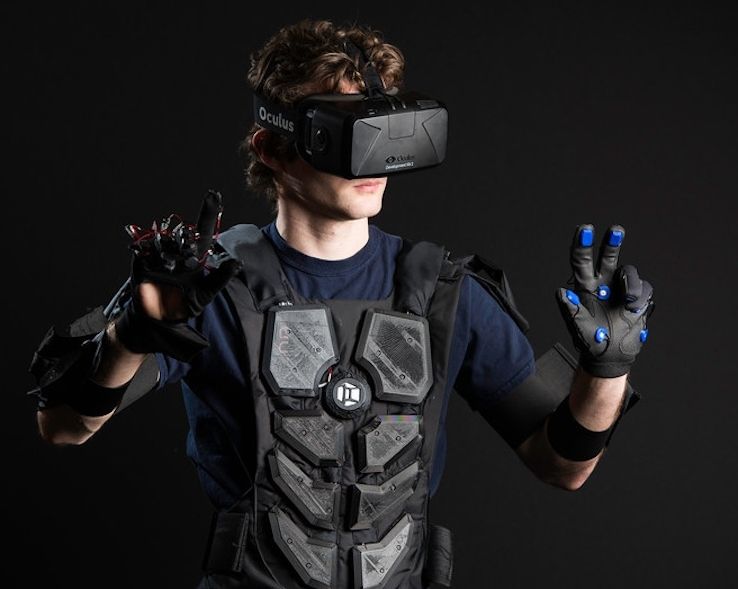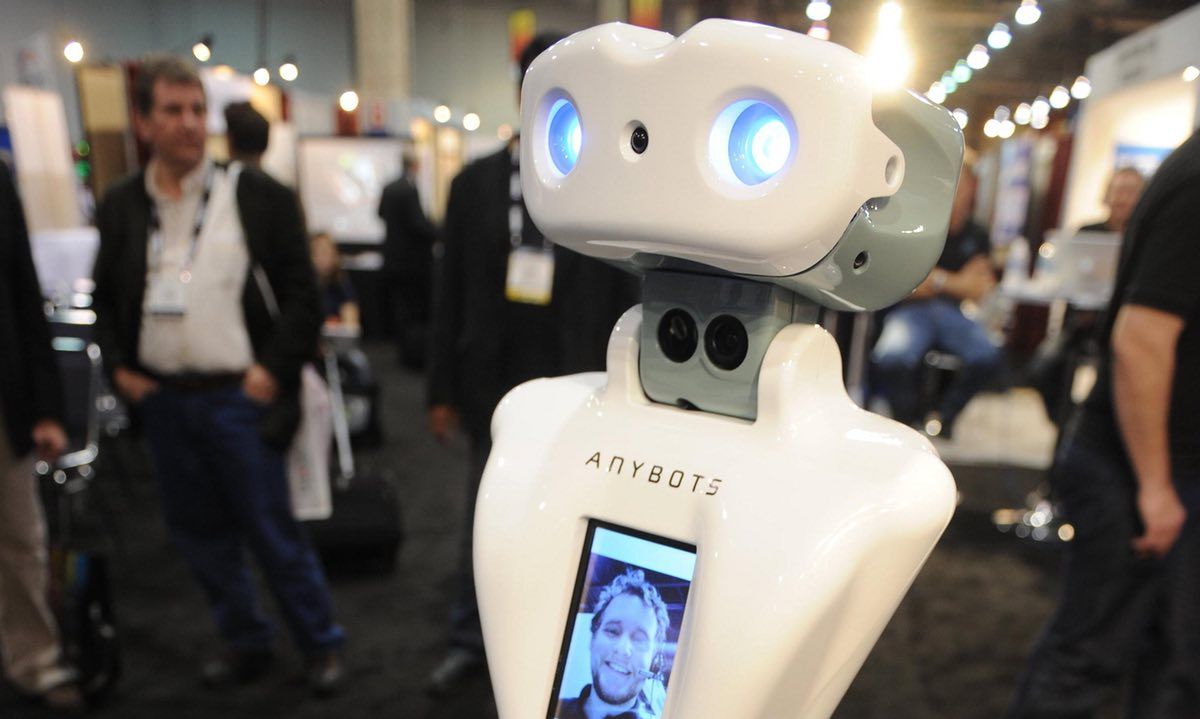Many opportunities in the VR/ AR space for enterprise Apps, Platforms, and services. Over the years we all have seen many opportunities missed where companies did not do the proper value map assessment and apply their finding to their own prod roadmaps. I personally have created my own value map of VR & AR opportunities across various industries and their biz caps.; and hope that others have done the same around this technology.
But augmented reality might be the best stepping stone, Hardware, Gadgets, Developer, Internet of Things, Wearables, Google, HTC, Fujitsu, Epson.


